Table of Contents
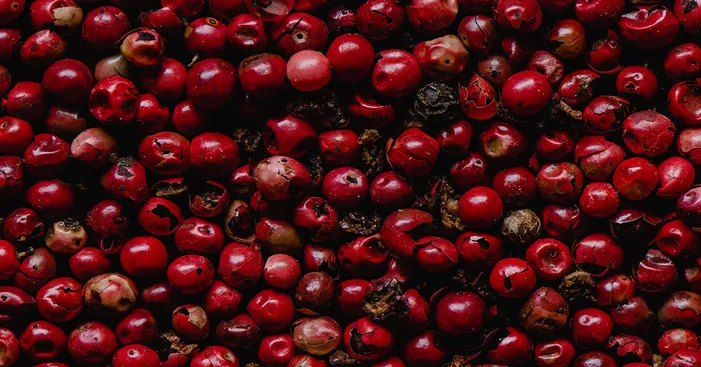
You may have seen them in fancy salt shakers or gourmet dishes, but did you know that pink peppercorn are more than just a pretty spice?
These tiny berries have a range of health benefits that make them worth adding to your diet.
In this blog post, we will explore what pink peppercorns are and what they can do for your well-being.
General facts about pink peppercorn:
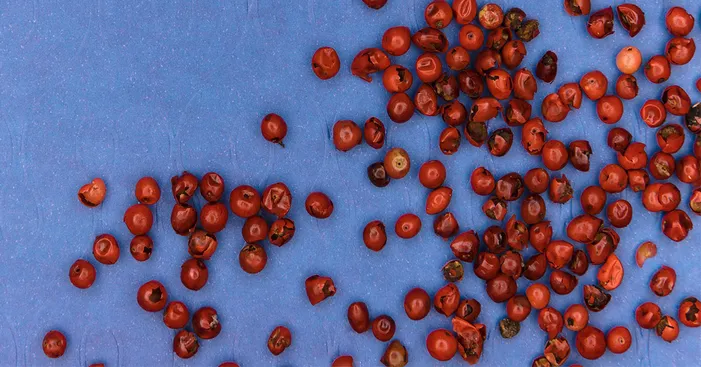
History of pink peppercorns:
It is said that it was brought to Europe by Alexander the Great who discovered it among the Aztecs who used it for various rituals.
In the 17th century, it was highly sought after and used as a currency before its quality and value declined.
But since the Middle Ages, its benefits for human health were known and it was used frequently.
For instance, the ancient Incas worshipped the pink peppercorn tree and the indigenous people used each part to treat different ailments.
Also, they used the oil from the feather-like leaves of the pink peppercorn tree in early embalming techniques.
Random facts:
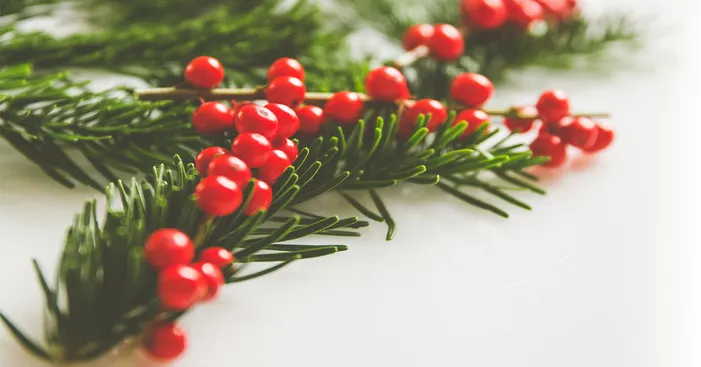
Pink peppercorn is found in almost every pepper blend, but it can also be found as a spice in its own right.
However, few people know that it is not real pepper.
That’s not the only curious thing about this spice, here are 6 interesting facts to know.
- Pink peppercorns are native to South America As previously mentioned, pink peppercorns come from the Brazilian or Peruvian pepper plant, so the plants thrive particularly well in warm, humid climates.
Today, these plants also grow in the southern United States, Mexico, South Africa, and Australia. - Growing pink peppercorn is a crime In Florida, owning and growing these trees is a crime.
The reason is that the plant after being imported to Florida around 1840, has hybridized.
Today, it has invaded many natural habitats.
Large areas of the famous Everglades are now exclusively pink pepper plant reserves.
Currently, a lot of money is still being spent in Florida to clear areas of pink pepper trees. Of course, the import of pink pepper trees is also punished. - The berries are light and concave unlike black peppercorns, pink peppercorns weigh almost nothing, and they are not hard, but soft and hollow.
Therefore, when using a mixture of peppercorns and pink peppercorns in a pepper mill, always make sure to use a thick mill. - Pink peppercorns are not pepper It’s true: pink peppercorns are part of most peppercorn blends, but (unlike the other varieties in the blends), they are berries, not peppercorns.
They come from the Brazilian or Peruvian pepper plant, both of which belong to the Sumac family.
The berries are called peppercorns simply because they are similar in size to white or black peppercorns and have a pungent taste.
The berries are often used as Christmas decorations, which is why they are also called Christmas berries. - Pink peppercorn versatility is hard to believe, but true: it is suitable as a spice for both savory and sweet dishes.
Although the taste is reminiscent of the typical aroma of black pepper, this spice has a sweet and fruity note and, therefore, its versatility is much greater. - Pink peppercorn is heat sensitive as it contains many essential oils that evaporate quickly, so we must always make sure this spice is added at the end of cooking, or it will lose its flavor.
Varieties of pink peppercorn:
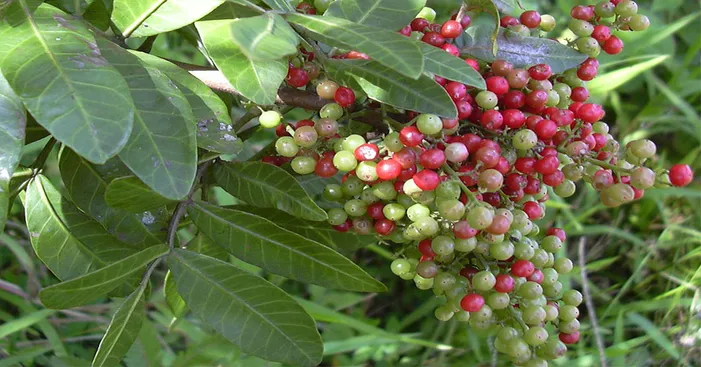
Pink berries come from two different species of trees: Schinus molle, native to Peru, and Schinus terebinthifolius, which is more widespread around the world.
Schinus molle is sometimes called “Peruvian pepper”, but this name is misleading because the pink berries are not real pepper.
Regardless of their origin, pink berries look the same: they are the size of a peppercorn and have a beautiful bright pink, almost red color.
However, don’t let their appearance fool you: it’s only the little black, crumpled heart that’s tasty!
It releases a sweet and fruity taste in the mouth, with a touch of spiciness.
Pink peppercorn nutritional values and health benefits:
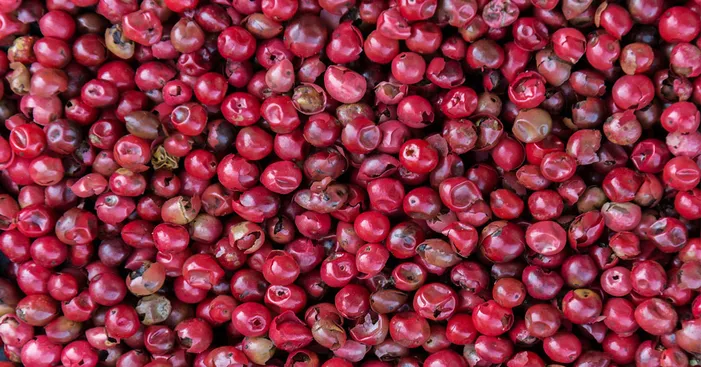
Nutritional values:
Pink berries are red fruits very rich in nutrients as they provide our body with vitamins and minerals essential for its proper functioning.
Among them, we find vitamin C which strengthens the immune system, vitamin B6 which prevents anemia, potassium which regulates the metabolism and water balance, vitamin A, iron, calcium, and antioxidants.
These nutrients promote overall health and well-being.
They also provide other minerals and trace elements that are beneficial to health.
Not onl that but they are also rich in dietary fiber which improves digestion and lowers blood cholesterol.
Here are some of the many health benefits of pink peppercorn:
Health benefits:
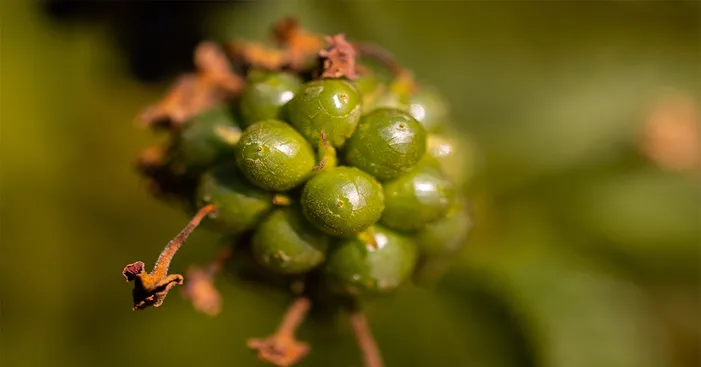
Anti-inflammatory and antispasmodic effects:
Pink peppercorn relieves muscular and articular pains and treats digestive disorders.
On the one hand, its warming action, associated with its anti-inflammatory effect, is used during an attack of gout, rheumatism, arthritis, osteoarthritis, tendonitis, or aches.
On the other hand, it is indicated to treat food poisoning, bloating, colitis, nausea, and intestinal infections.
Decongestant and expectorant benefits:
Pink peppercorn is globally recommended for all respiratory problems as it:
- Fluidifies secretions and thus facilitates their evacuation.
- Treats both fatty and dry coughs.
- Offers decongestant and antiseptic properties make it a remedy against flu, colds, bronchitis, laryngitis, rhinopharyngitis, or sinusitis.
Boosts immunity:
Pink peppercorn strengthens the immune system thanks to its toning and stimulating effects on circulation.
Therefore, it is useful in case of viral or bacterial infection, as well as in the prevention of epidemics or fatigue.
It also helps to prepare the muscle for the effort.
Like many essential oils, that found in pink peppercorn also brings psychological well-being, by driving out the anxieties, the stress, and the depression.
Helps lose weight:
Pink peppercorn can help with weight loss because it promotes satiety.
In fact, by consuming one tablespoon of this fruit per day, you can reduce your appetite and your caloric intake.
But be careful, this is not a miracle food.
To lose weight effectively and sustainably, you must also adopt a healthy, varied, and balanced diet, and exercise regularly.
Thus, you will increase your caloric expenditure and burn fat.
Circulatory and vasoconstrictor properties:
The circulatory action of pink peppercorn allows it to be used for very varied problems.
It is recommended to fight against blood clotting and hypertension and this is important because blood clotting is a healing mechanism of the body.
However, if clots stick to a blood vessel, they can totally or partially block it.
This causes a disruption in the normal flow of blood and oxygen, which can lead to complications such as pulmonary embolism, thrombosis, stroke, and ischemia (lack of blood or oxygen supply to tissue).
By improving blood circulation, it also alleviates dermatological disorders such as acne, dermatitis, or mycosis.
Also, its antiseptic virtues will act in case of viral or bacterial skin infection, or even urinary infection.
Other health benefits:
- To relieve dental and menstrual pains thanks to its analgesic effect
- Facilitate the digestion of heavy foods if added to dishes in the form of grains or powder
- To treat wounds and infections thanks to its antiseptic effect
- Fight against rheumatism thanks to its anti-inflammatory effect
- Stimulate sexual desire due to its aphrodisiac effect, while being milder than ginger or chili.
Precautions before you consume pink peppercorn:

- This spicy ingredient can cause allergies in some people.
If you are allergic to nuts, berries, or other spices, you may have a reaction to this spice. - Pink peppercorn is not recommended for pregnant or breastfeeding women, as there are no studies that guarantee its safety for these people.
- It is not recommended for children and people who are hypersensitive or allergic to its components.
- Pink peppercorns should not be consumed for a long time.
The ideal dose has not been established by scientific research, so it is better to be moderate with no more than 1 tsp a day.
Excessive consumption of this spice can cause nausea, vomiting, diarrhea, mouth irritation, and dermatitis.
Using pink peppercorn:
- Add pink peppercorn to roasts, eggs, poultry, fish, salad dressings, cheeses, and chocolate.
- Ideal for preparing aromatic oils.
- It gives a very special touch to light-colored sauces, as well as to many meat and fish dishes.
- It is also used in cocktails.
- Best associations: asparagus, Belgian endives, butter, game meat, ginger, seed oil, green beans, salads, salmon, tuna, beef, white pepper, and dressings.
- Possible combinations: dill, anise, lemon, and black pepper.
Pink peppercorn sauce:
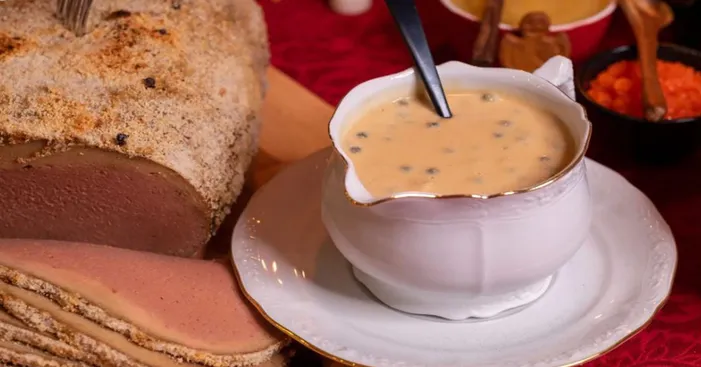
Ingredients:
- 1 chopped onion.
- 2 tablespoons of olive oil.
- 1 cup of chicken broth.
- 1 tsp of pink peppercorn.
- 2 tbsp of light cream.
- 2 tbsp of chopped chives.
- 1 tbsp of mustard.
- 1 tsp of salt and black pepper.
Preparation:
- Over medium heat, heat a pan with the olive oil and onion. Let them brown.
- Add the pink peppercorn and mix well. While stirring, pour in the chicken broth.
- Reduce for three minutes and add the cream, mustard, and chives while continuing to stir.
- Season with salt and black pepper to taste and simmer over low heat until you have a smooth sauce. Enjoy your meal!
Pink peppercorn and chocolate biscuit:
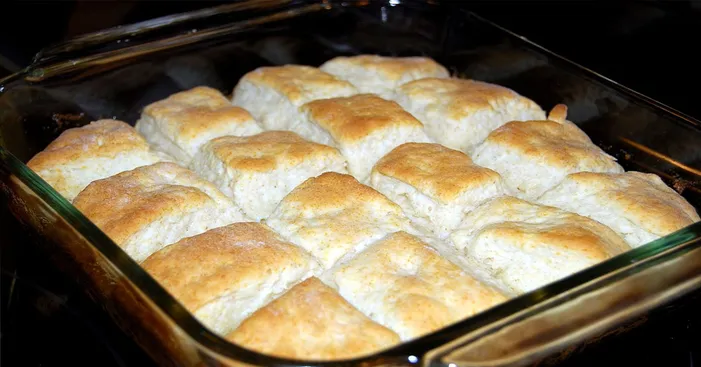
Ingredients:
- ½ pound of butter (220g).
- 3.5 ounces of sugar (1/2 cup or 100g).
- 3 egg yolks.
- 1 tsp of pink peppercorns.
- 1 cup of pistachios.
- 2 ounces of cocoa powder.
- 1 tsp of salt and 1 tbsp of flour.
Preparation:
- Soften the butter a little then beat it with the sugar in an electric mixer until the dough is fluffy.
- Add the egg and beat again.
- Grind the pink peppercorn and pistachios very fine and add it to the dough.
- Mix well and transfer to a large bowl.
- In another bowl, mix the cocoa powder with a pinch of salt and flour.
- Add to the previous dough and mix it very well until it has a dry and firm consistency.
- Shape the dough into small rectangular and elongated forms, about 2 inches (5 cm) on each side and place them on the tray.
- Place the tray in the fridge and let the raw cookies chill for at least 4 hours.
- Bake at 180ºC for 8 to 10 minutes, until the edges of the cookies start to brown then turn off the heat.
- let them cool for another 10 minutes then enjoy them with your loved ones.
Buying pink peppercorn:

Pink peppercorn are available in supermarkets or organic stores that respect fair trade.
They are available as whole berries or powder, in jars, or bulk.
To get the most out of their flavors and to keep them longer, it is preferable to buy them whole and grind them yourself, or to leave them whole to decorate a plate with elegance.
Whatever form you choose, they should have a beautiful red color, a sign of their maturity. And they should have a pleasant peppery aroma.
Storing pink peppercorn:
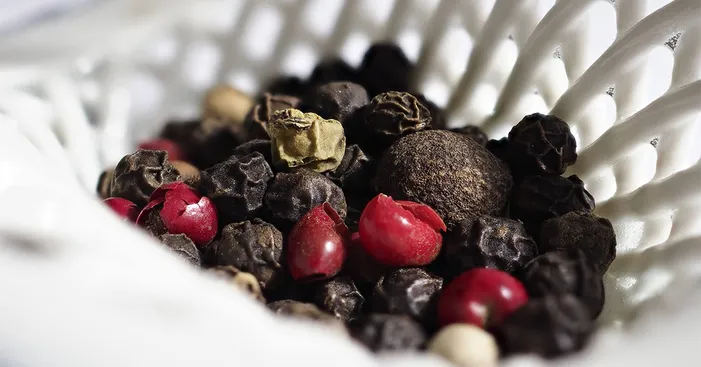
To preserve the quality of your pink peppercorn, store them in an airtight box away from light, humidity, and heat.
Whole pink peppercorns will keep better and longer than already ground powder.
If you store them whole, you will also have the choice of using them whole, slightly crushed, or as a freshly ground powder according to your preferences, ideas, and desires.
